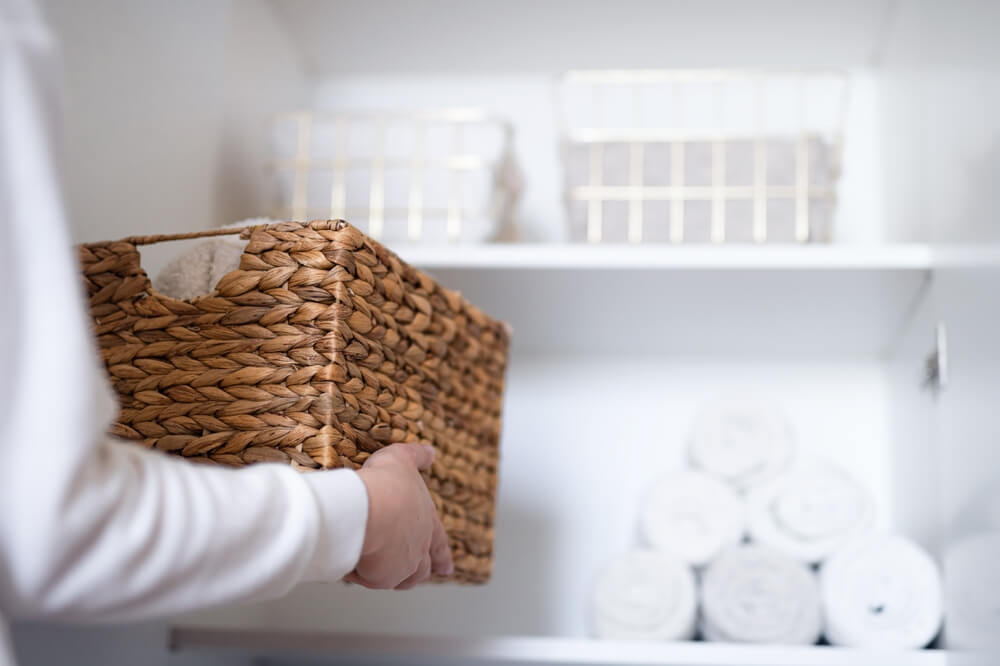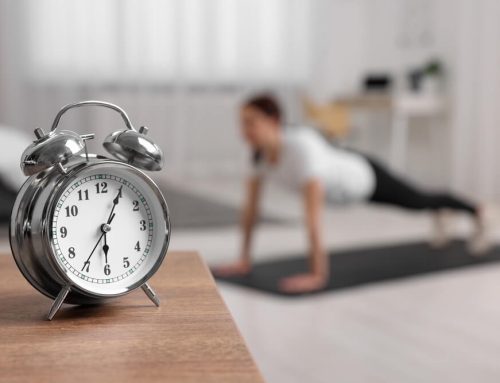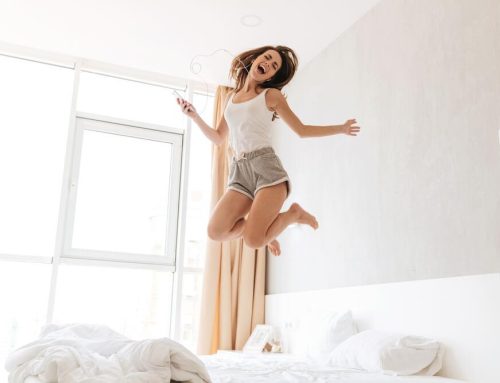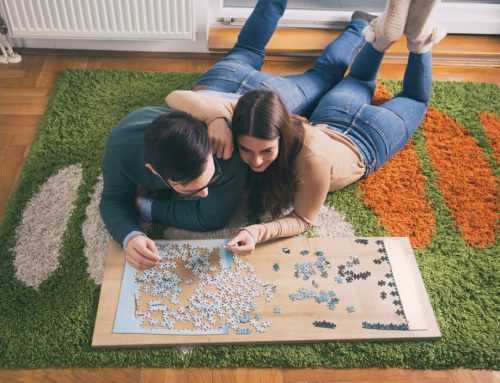Minimalist living is more than just a trend; it’s a lifestyle that promotes simplicity and intentionality. By decluttering your home, you can create a space that brings you joy and peace. Additionally, this process can help clear your mind and reduce stress. Here’s how you can start your journey towards a minimalist lifestyle.
Start Small
Decluttering can be overwhelming if you try to tackle everything at once. Start small to make the process more manageable. Begin with a single drawer, a shelf, or a corner of a room. This approach will give you a sense of accomplishment and motivate you to continue.
Steps to Start Small:
- Choose a specific area to focus on.
- Remove all items from that space.
- Sort items into categories: keep, donate, recycle, and discard.
- Only put back the items that serve a purpose or bring you joy.
Create a Decluttering Plan
Having a plan can make decluttering more effective. Set goals for what you want to achieve and create a timeline. Decide which rooms or areas you’ll tackle first and schedule regular decluttering sessions. Consistency is key to maintaining a clutter-free home.
Tips for a Decluttering Plan:
- Make a list of all the areas in your home that need decluttering.
- Set realistic goals for each session.
- Dedicate a specific time each week to decluttering.
- Celebrate your progress to stay motivated.
Adopt the “One In, One Out” Rule
To prevent clutter from accumulating, adopt the “one in, one out” rule. For every new item you bring into your home, get rid of one item. This practice helps maintain balance and prevents your space from becoming cluttered again.
How to Apply the Rule:
- When you buy a new piece of clothing, donate an old one.
- If you purchase a new kitchen gadget, give away one you no longer use.
- This rule encourages mindful purchasing and reduces impulse buying.
Let Go of Sentimental Items

Sentimental items can be the hardest to let go of. However, holding onto too many can create unnecessary clutter. Keep items that truly mean something to you and find creative ways to preserve memories.
Ways to Handle Sentimental Items:
- Take photos of items before letting them go.
- Create a memory box for smaller, meaningful items.
- Keep only a few key pieces that represent important moments or people.
Simplify Your Wardrobe
A minimalist wardrobe can save you time and reduce stress. Aim to create a capsule wardrobe consisting of versatile pieces you love. This not only declutters your closet but also makes getting dressed easier.
Steps to Simplify Your Wardrobe:
- Sort through your clothes and keep only what you wear regularly.
- Donate or sell items that no longer fit or suit your style.
- Choose neutral colors and classic styles that mix and match easily.
- Limit the number of accessories and shoes to essentials.
Declutter Digital Spaces
Decluttering isn’t just for physical spaces. Your digital life can also benefit from a minimalist approach. Clean up your email inbox, organize files, and reduce the number of apps on your devices. This can help improve productivity and reduce digital overwhelm.
Digital Decluttering Tips:
- Unsubscribe from unnecessary email lists.
- Delete files and apps you no longer need.
- Organize your desktop and folders for easy access.
- Set up a regular schedule to maintain digital cleanliness.
Focus on Quality Over Quantity
Minimalism encourages you to prioritize quality over quantity. Invest in high-quality items that will last longer and serve you better. This applies to everything from furniture to kitchenware to clothing.
Benefits of Quality Over Quantity:
- Reduces the need for frequent replacements.
- Creates a more cohesive and aesthetically pleasing environment.
- Encourages mindful consumption and reduces waste.
Create Functional Spaces

Every item in your home should have a designated place. This helps keep your space organized and functional. When everything has a home, it’s easier to find what you need and maintain order.
How to Create Functional Spaces:
- Use storage solutions that fit your needs and space.
- Label containers and shelves to make finding items easier.
- Keep frequently used items within easy reach.
- Store seasonal or rarely used items out of the way.
Practice Mindfulness
Minimalist living is closely tied to mindfulness. Being mindful of your possessions and surroundings can help you maintain a clutter-free space. Take time to appreciate the items you have and the space you’ve created.
Mindfulness Practices:
- Regularly assess your belongings and let go of what you no longer need.
- Spend time in your home and enjoy the peace of a clutter-free environment.
- Practice gratitude for the simplicity and functionality of your space.
Embrace the Journey
Decluttering is a continuous journey, not a one-time event. Embrace the process and be patient with yourself. It’s okay to take your time and make thoughtful decisions about what to keep and what to let go of.
Final Thoughts:
- Celebrate small victories along the way.
- Remember that minimalism is about creating a space that works for you.
- Keep refining and adjusting your space as your needs and preferences change.
By following these steps, you can declutter your home and mind, leading to a more minimalist lifestyle. Embrace the simplicity and enjoy the benefits of a well-organized, peaceful living space.






Leave A Comment